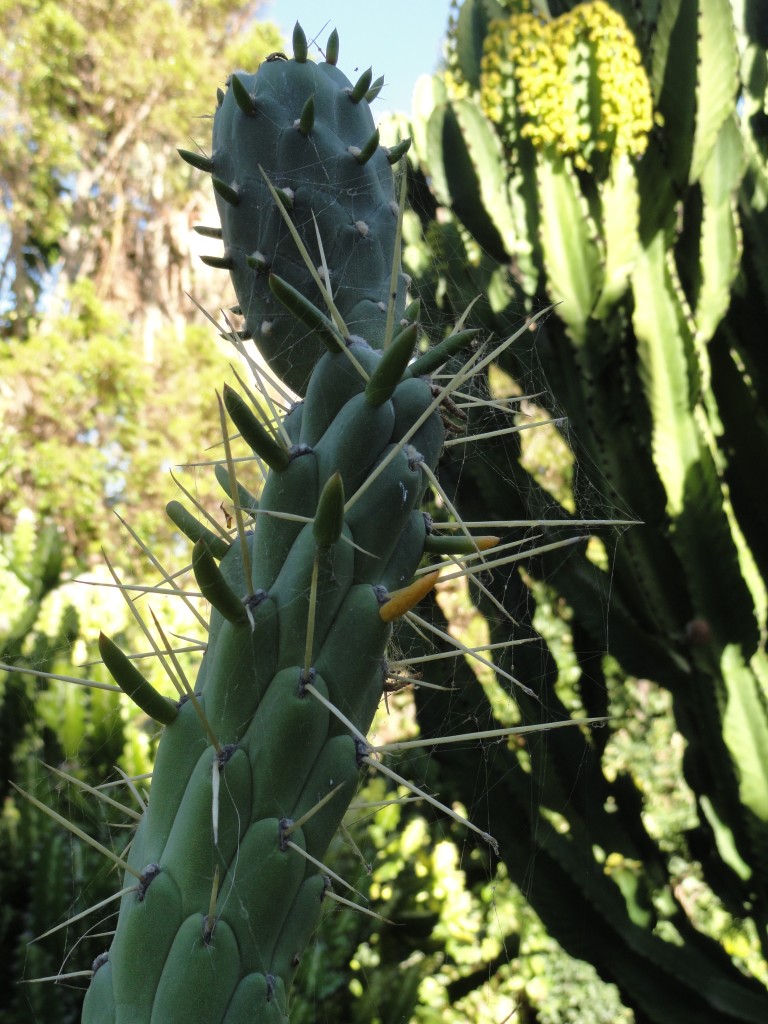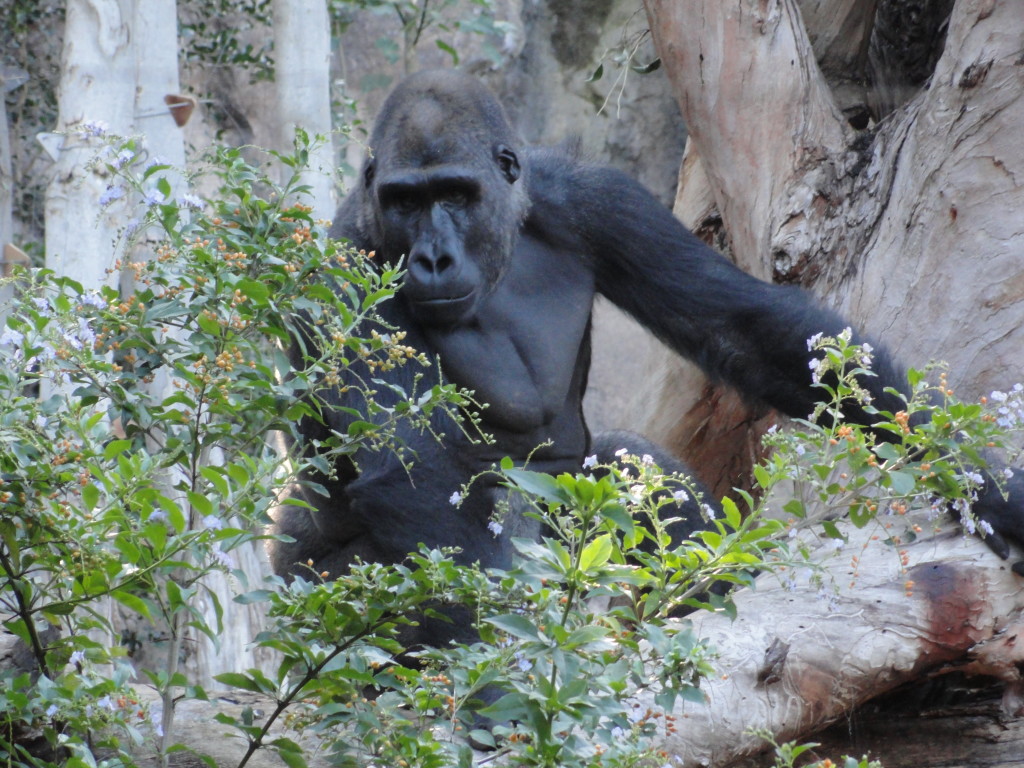You might guess that Tenerife would be a warm place given that it is part of the Canary Island group sitting off the southernmost coast of Morocco in the eastern Atlantic Ocean. And you would be right, but not completely right. Tenerife is approximately the same latitude as Orlando, Florida, but unlike Orlando, the island goes from sea level to 12,198 feet in altitude.
A few years ago I experienced both extremes within a matter of hours on the same day. After barely escaping Brussels in a snowstorm and spending a sub-freezing Christmas eve in Madrid, I arrived in Tenerife North Airport (site of the worst airline disaster in history, the 1977 runway collision between two 747s that killed 583 people). Luckily, no drama for my arrival.

The initial wave of high heat and humidity was a welcome change from the dreary winter I had left behind. There were many cacti, but also a wide variety of subtropical trees and plants. Loro Parque, a combination zoo, aquarium, and botanical garden, was like walking into a jungle and reef all in one. As the name suggests, the parrot collection alone is the largest in the world. The number of orchids was astounding, as I talked about in this earlier post. We even met a gorilla.

After building up a good sweat, it was time to head to the highlands. More specifically, it was time to drive up the winding roads to the summit of El Teide in Teide National Park. This snow-capped volcano is the highest point in all of Spain (the Canary Islands are Spanish possessions), not to mention the highest in all the Atlantic Ocean islands and the third largest volcano in the world.

The twisting roads for this trip are a topic deserving of their own post, but eventually you get to a spot where you can park and board a cable car up to just below the summit, at 11,663 feet. From there you can hike to the top, though on the day we were there the snow and ice was considered too dangerous and park officials banned hikers for the last section. The views were amazing, as was the cold.
From there we wound our way back down and continued our drive around the island. From heat and humid to cold and ice and now back to the rocky beaches. Definitely a day to remember.

Of course, that was just the beginning. I’ll have more on the science of Tenerife, and even some parasailing, in future installments.
David J. Kent has been a scientist for thirty-five years, is an avid science traveler, and an independent Abraham Lincoln historian. He is the author of Tesla: The Wizard of Electricity (now in its 5th printing) and two e-books: Nikola Tesla: Renewable Energy Ahead of Its Time and Abraham Lincoln and Nikola Tesla: Connected by Fate. His book on Thomas Edison is due in Barnes and Noble stores in spring 2016.
Follow me by subscribing by email on the home page. And feel free to “Like” my Facebook author’s page and connect on LinkedIn. Share with your friends using the buttons below.



 The road to Tenerife is paved with four inches of snow. At least, that was the case for this trip. So while the warmth of the largest Canary Island waited off the coast of Morocco, my plane sat in the Brussels airport buried in snowflakes. At first it seemed just a minor delay – only a half hour waiting for the bus to take us to the Airbus A320. Brussels had seen snow before, I reminded myself, and this didn’t seem like that much. The snow coming in on the train was
The road to Tenerife is paved with four inches of snow. At least, that was the case for this trip. So while the warmth of the largest Canary Island waited off the coast of Morocco, my plane sat in the Brussels airport buried in snowflakes. At first it seemed just a minor delay – only a half hour waiting for the bus to take us to the Airbus A320. Brussels had seen snow before, I reminded myself, and this didn’t seem like that much. The snow coming in on the train was 






